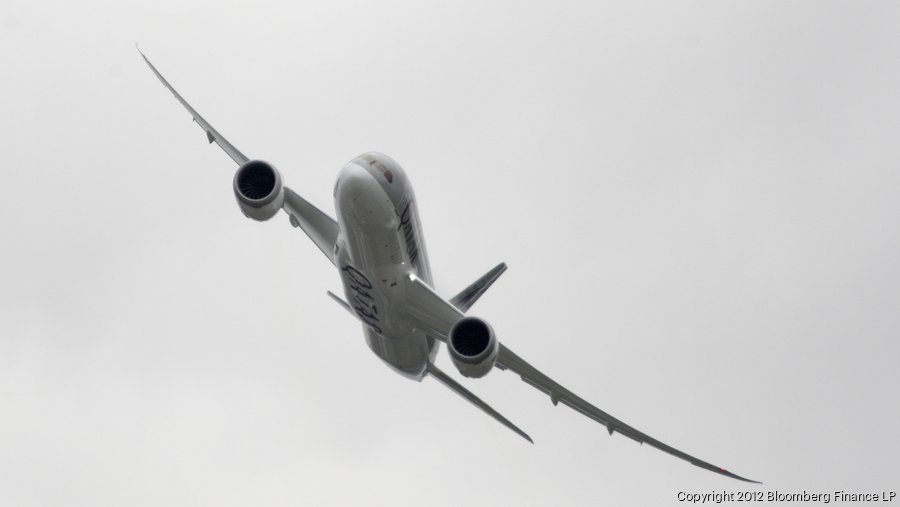Boeing has just made an audacious move — the company will increase production of its signature 787 Dreamliner jets to record levels.
After securing a steady stream of Dreamliner orders this spring and summer in an otherwise tepid global market for large passenger airplanes, Boeing CEO Dennis Muilenburg surprised many analysts when he announced the Chicago-based jet maker would boost production to 14 a month early in 2019.
Boeing currently makes 12 Dreamliners a month at plants in both Everett and North Charleston, South Carolina.
This decision is important. Anything involving the 787 Dreamliner program makes everyone — from unions and workers to shareholders and institutional investors — very nervous.
Boeing bet big on the 787 a decade ago and the program has been troubled ever since.
Early on, there were lithium battery fires and supplier reliability issues followed by years of delays, slow sales and a development program that has carried the company’s largest-ever price tag — an estimated $32 billion. That’s more than five times what Boeing executives originally estimated the program would cost.
After ironing out all the initial snafus and wrinkles, though, the airplane has become a star. Airlines around the world rave about their Dreamliners, citing increased range and eye-popping fuel economy. The Dreamliner has resulted in 150 new direct airline routes between cities.
A timeline of Dreamliner deals that led to a production increase:
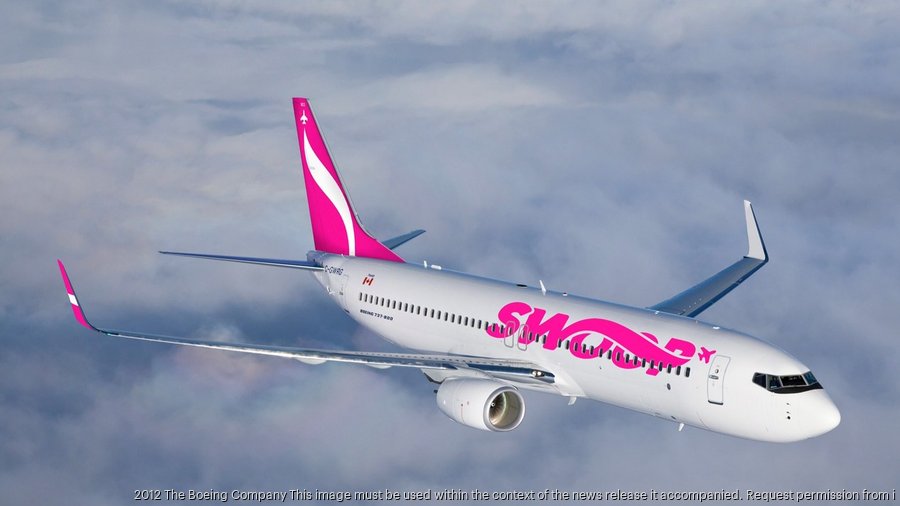






On May 2, WestJet, a major Canadian discount airline like Dallas-based Southwest, ordered 10 Dreamliners and acquired options on 10 more in a deal worth $2.7 billion at list prices. WestJet has since named its new airline Swoop, saying it will use the brand to enter Canada's ultra-low-cost airline carrier market.
As a result, Boeing had already increased the Dreamliner production rate to 12 a month from 10 in 2016.
In a recent interview with the Business Journal, Boeing Commercial Airplanes CEO Kevin McAllister said the decision to boost Dreamliner production followed “a very diligent process.”
“We’ve gone through and looked at the 787 (order) backlog, and we’ve looked at the commitments that we’ve got, and the commitments we expect to get in the near future,” McAllister said, “and we feel really good about the decision to go to 14.”
The rate increase is a great opportunity for Boeing to put more airplanes out in the market, McAllister said.
“We stress tested the heck out of it,” he said. “I think today, this airplane has a competitive advantage across the board versus the Airbus A330neo and the A350 and you’re seeing it reflected in the market.”
Deciding when to boost or cut production rates is a dark art. Senior executives carefully study and weigh a half-dozen different factors and combine that with their own intelligence about airlines’ needs gathered by on-the-ground staff around the world.
The jet maker’s market assessment is critical: if it gets it wrong and ramps up production too much, too soon, the company can be stuck with extra planes and be forced to cut prices.
On the other hand, if Boeing has too few jets to meet airlines’ and leasing companies’ needs, it could lose sales as frustrated customers go elsewhere.
Because more than half of Boeing’s overall company revenue comes from selling commercial airplanes — and the bigger the aircraft, the higher the price — investment analysts and suppliers are watching the 787 production increase very closely.
Why now?
Dreamliners come with a sticker price of between $229 million and $312 million each depending on the model. Because airlines pay a small deposit when placing an order and pay the rest when they receive final delivery, unsold planes translate into financial risk if they’re sitting around waiting for a buyer.
Announcing the rate increase to investors and financial analysts at a Morgan Stanley conference in Laguna, California, Muilenburg justified the move by highlighting Boeing’s backlog of more than 700 orders for 787s, continuing market demand for the technologically advanced jet, and ongoing innovations in manufacturing.
“The airplane’s also performing extremely well with our customers in the field,” Muilenburg said.
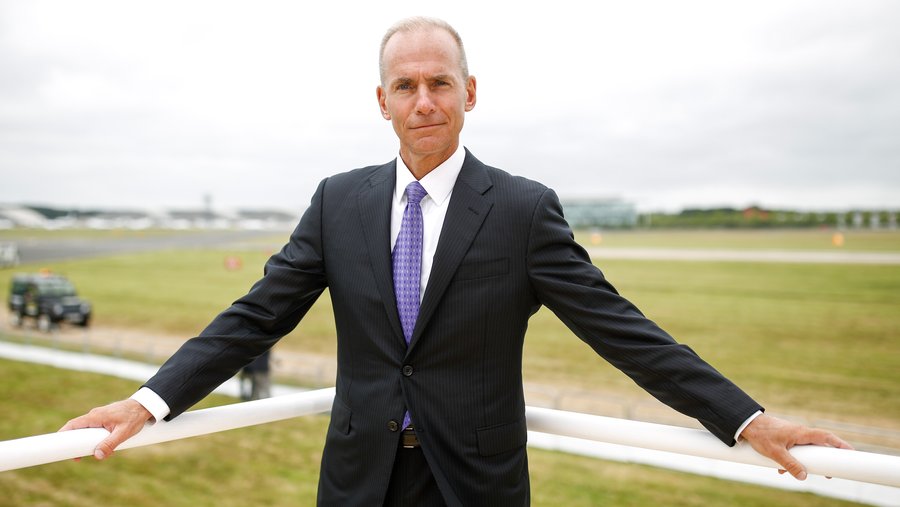
The rate increase means a small amount of extra work for Boeing’s Everett 787 factory workers and more work for Puget Sound region aerospace suppliers.
At the same time, it’s also problematic for suppliers, whose contracts include clauses which require them to reduce prices as their parts volume grows.
The job picture is also uneven. Many of Boeing’s 4,300 job cuts in Washington state so far in 2017 have been in Everett amid increasing automation. Overall, Boeing Commercial Airplanes has cut its global workforce by 14,271 jobs in 2017.
Boosting production of the Dreamliner in Everett will help preserve jobs, but not increase direct employment, Boeing spokesman Paul Bergman said.
‘They can’t afford not to’
One executive in the aerospace supply chain, who spoke on condition of anonymity to avoid harming business relationships, said it made sense for Boeing to raise its rate.
“I think they can’t afford not to go up,” the executive said. “The demand is there for the planes. And (Wall) Street loves it when they boost production because it increases cash flows, which feeds that rising dividend.”
Shareholders tend to reward companies with rising dividends, boosting demand for the stock and sending the share price up. So far in 2017, Boeing’s shares have hit a record $259 each, almost double where they were a year ago.
Some aerospace analysts have endorsed Boeing’s move. Others question it, saying the company needs more big orders before it can justify the Dreamliner production increase.
“We will remain disciplined ... with a focus, as always, on ensuring supply and demand are kept in balance as we continue to grow profitability of the program,” Muilenburg said during a conference call with investors this summer.
Muilenburg made another thing clear: Boeing won’t reduce the rate if the market defies the company’s stress tests.
“We’re not looking at scenarios that would drop us down from 12 a month,” he said. “We’re very strong at that foundational level.”
The wildcard
A major corporation like Boeing makes big production decisions based on hard facts, not rumors. But one big potential future order may have heavily influenced Boeing’s decision to boost Dreamliner production.
Rumors are swirling that Dubai-based airline Emirates plans to order up to 75 aircraft, including a mix of 787s and Boeing’s larger, new 777X.
Aerospace analyst Saj Ahmad reported Boeing has a large order for 787s from Emirates “in the bag” that will be unveiled at the Dubai Air Show, which begins Nov. 12.
“It’s a done deal,” Ahmad said.
Boeing has declined comment.
Emirates CEO Sheikh Ahmed bin Saeed Al Maktoum confirmed he’s airplane shopping, but said no final decision has been made. To keep everyone guessing, he said his airline’s plans to buy new jets could include a mix of Boeing and Airbus planes and promised a decision by year end.
At minimum, Ahmad said the Dreamliner rate increase hints Boeing has solid prospects in the pipeline.
“It signposts that near-term demand for the 787... is robust and that there are likely to be further big orders,” Ahmad said.
In late September, Japan Airlines ordered four new Dreamliners and Turkish Airlines said it intends to buy up to 40 787s, offering more bright news.
After years of financial losses, the 787 program is now achingly close to breaking even on every plane, Boeing officials have said.
Yet Boeing candidly warns that despite its recent sales successes, several big Dreamliner risks remain.
There are risks associated with not only with its rate increase, but also with worker productivity improvements, the supply chain and Boeing’s own ability to reduce costs though the adoption of new additive manufacturing techniques including 3D printed metal parts.
But perhaps the biggest risk is Boeing’s plan to make a stretched-out version of the Dreamliner. The new 787-10 has 330 seats, compared to the original 787-8 Dreamliner’s 220.
Ultimately, the success of the most expensive airplane Boeing has ever developed hinges on the company making the right decision about the production rate. Now that the decision has been made, it’s a waiting game. It could take three to five years — or longer — for anyone to know if that bet will pay off.
How Boeing decides to ramp up
Boeing’s rate increase will put two dozen more Dreamliners on the market per year starting in two years.
That has to please Ihssane Mounir, Boeing Commercial Airplanes’ new vice president of global sales and marketing. Mounir had input on the higher rate and is likely banking on airlines replacing their older widebody aircraft fleets starting after 2020.
Asking Boeing to discuss how it decides how many jets to build every month, though, is a bit like asking Colonel Sanders for his fried chicken recipe.
Because of the current ferocious competition for airline customers globally, downward pressure on airplane prices and supplier price cuts, Boeing won’t discuss precise details of exactly how it arrives at such a decision.
Boeing spokesman Doug Alder did list a few factors the company considers, including market demand.
Alder said other factors are involved too, including the current order backlog, airline passenger and cargo traffic trends — both of which are up — the rate at which airlines are retiring old planes, and what he called “the evolution of airline business models.”
“All of that is balanced against our own ability to meet the rate, as well as our supply chain’s ability,” Alder said.
Airlines lately have been hanging onto to older jets because fuel prices are low.
Any sudden uptick in fuel prices due to conflict or global instability could instantly spur higher demand. Sustained low fuel prices could also dampen sales.
Boeing's big dreams
Here’s what five prominent aerospace analysts have to say about Boeing’s plans to boost production of the 787 Dreamliner — made in Everett and South Carolina — to 14 jets per month.
Sam Pearlstein
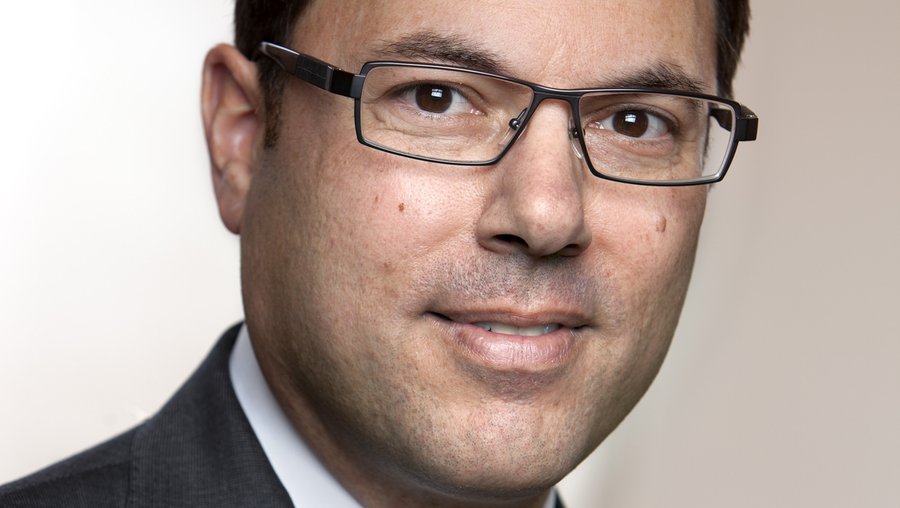
Pearlstein, Wells Fargo’s lead aerospace analyst, told clients all year that a Boeing 787 rate increase was doubtful.
Pearlstein said Boeing had not secured enough 787 orders to justify it, even after the Paris Air Show. After talking with Boeing management at a recent investor conference in Charleston, S.C., though, Pearlstein warmed to the idea.
In a new report, Pearlstein noted Boeing’s rate boost “was based on confidence in future airline decisions/campaigns/option exercises – in addition to the strong order book.”
“The ramp-up was stress-tested based on the financial health of the customer base, existing campaigns, and scaleability of new aircraft,” he added.
Dhierin Bechai

Bechai is a London-based aerospace analyst with AeroAnalysis.
Bechai was another naysayer who predicted Boeing wouldn’t boost 787 production. In a report after the rate increase, Bechai suggested Boeing is placing “a big bet” on a future “wave of orders starting in the next decade.”
He added: “The current backlog ... in no way supports a decision to increase production to new highs.”
Boeing has been making and delivering more 787s than it sells since 2013, reducing its backlog. Increasing production “puts pressure on Boeing to finalize aircraft deals, which could mean it has to start discounting the model.” The decision is risky, Bechai said, but it shows Boeing’s “confidence in demand for the Boeing 787 in upcoming years.”
Michel Merluzeau
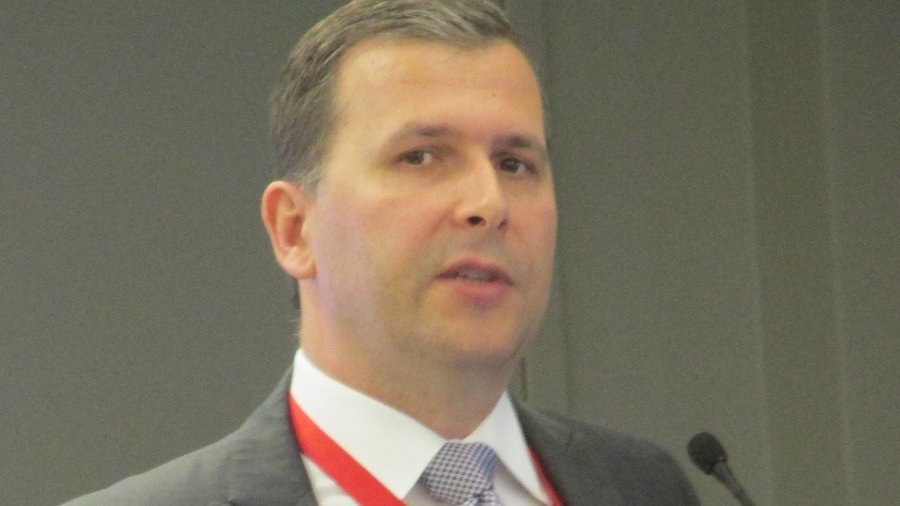
Merluzeau, who is director of Aerospace Market Analysis AirInsight Research, disagrees with Bechai and Pearlstein, saying the increase is warranted.
“I am seeing real signs of life in the wide body jet market as suggested from recent deals for both Airbus and Boeing. Several Boeing sales campaigns are underway that look good for the 787-9 and the bigger 787-10. The bigger Dreamliner fleet could help support Boeing’s plans to grow its services business,” he said. “Demand is going to be there, and financially and strategically, it’s a reasonable move. As with other market segments, expected client delivery timing are driving production adjustments.”
Scott Hamilton
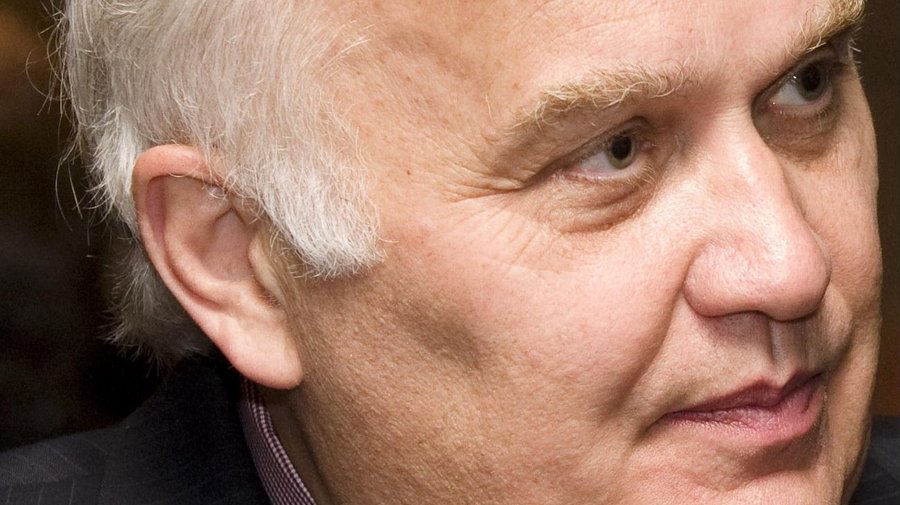
Hamilton, publisher of the Leeham News research site, believes a production boost isn’t warranted.
“Boeing is burning off the backlog, not adding to it,” he said in a spring report.
After the early and late summer Dreamliner orders and the rate increase announcement, Hamilton remained skeptical.
“The backlog through Aug. 31 is 689,” he said. “The rate is not sustainable beyond 2020.”
Boeing has disclosed too little information to properly evaluate its decision, he said in an interview.
“It’s all well and good to announce 78 orders year to date, but when are they delivered? Not all in one year, certainly. Over three years? Five? Out to 2024? Until I see details on the delivery stream ... I can’t offer an opinion.”
Saj Ahmad
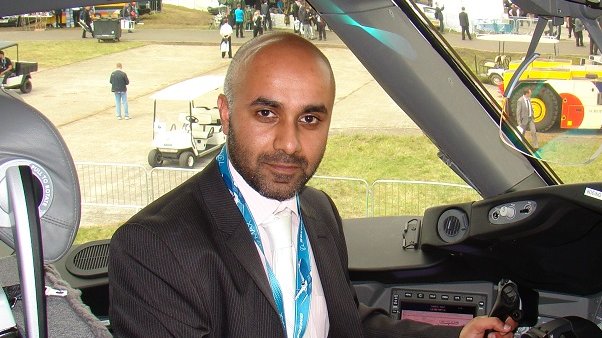
Ahmad, an aerospace analyst with Strategic Aero of London and Dubai, also predicted earlier in the year that the 787 production rate would not increase. He thought it might even “come down a touch by 2022.”
Now that the rate has risen, he predicts Boeing must have even more big orders to come.
“You don’t raise rates on a whim to decline them later,“ he said. “Boeing has moved up because they have or are itchingly close to snaring a number of sizable deals.”
Ahmad is skeptical of Boeing’s tentative deal for 40 Dreamliners with Turkish Airlines, noting the airline’s traffic fell sharply after terrorist attacks in 2016 and political instability in the country. The carrier has deferred aircraft deliveries, as well.
